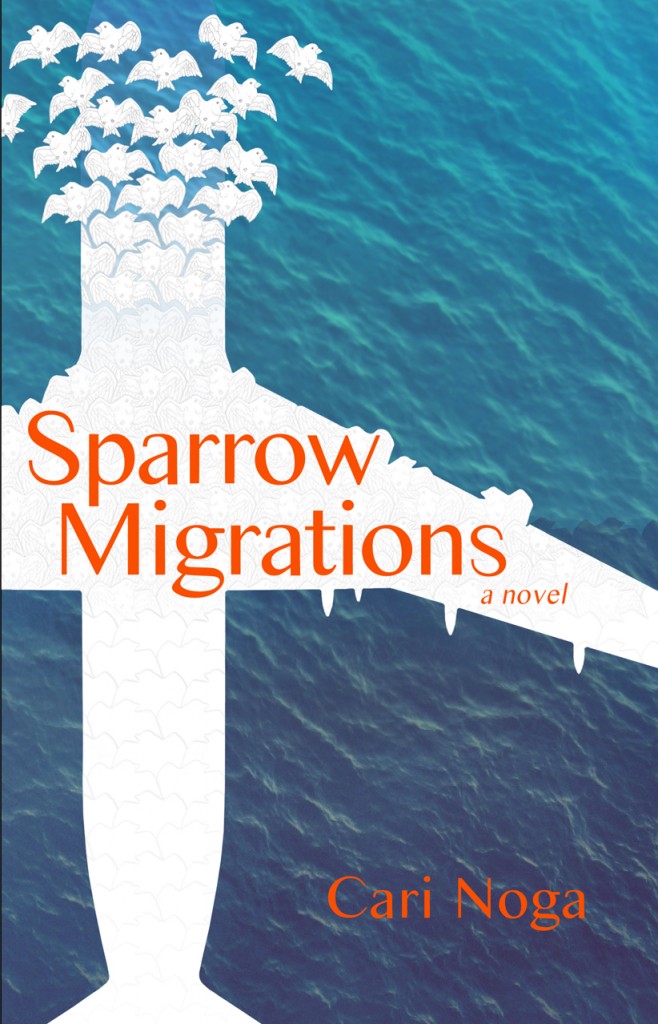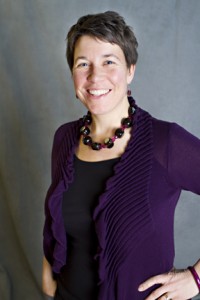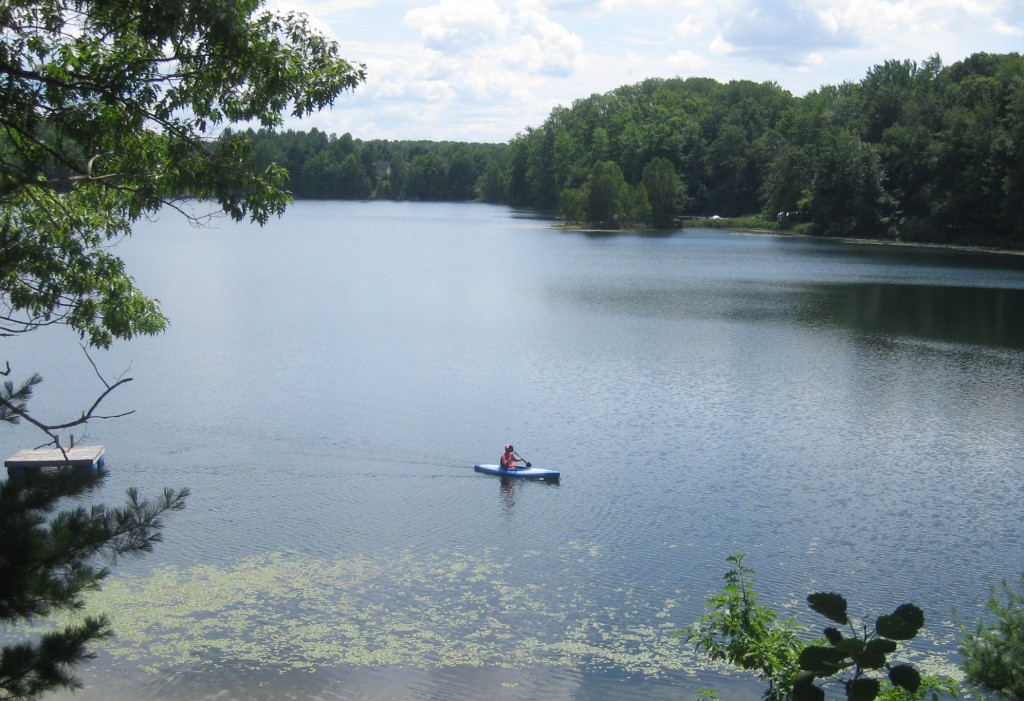A World of Books and Children
Search and enjoy 8 years of posts chock-filled with ideas from It’s OK Not to Share and beyond.
The number of books published each year is boggling. Last year 200,000 new books were released. And that's only counting traditional publishers. 400,000 self-published books were launched, too.
We talk about self-published and traditionally published, but I think there's a third category: Self-published Books Done Right.
There's really only one fault self-publishing has. It's too fast and easy. Too fast and easy simply because writers are impatient and rush their books out into the world without ensuring quality.
That's not the case with author Cari Noga. Cari published Sparrow Migrations, a novel centered about the "Miracle on the Hudson" plane crash. It features a boy named Robby who has autism and becomes obsessed with the birds involved in the accident. Cari does self-publishing right.
Here's why Cari's book deserves to be recognized in a class of its own, along with other quality, independently published books.
She hired editors Cari hired two editors to read, revise and copyedit her book. This is the treatment a traditionally published book receives: professional editing and copyediting that boost a book's quality.
She hired graphic designers Book cover art is a profession of its own. Cari searched out both a fantastic book cover designer and interior book layout designer. The result is incredible.
She checked her facts Part of the story is set in Cari's home state of Michigan, but part is set in Ithaca, a town Cari's never visited. She tracked down locals in Ithaca to read an early copy and verify facts. Is there an elevator in the Cornell ornithology building? Does it have an indoor aviary? Good fiction still needs facts.
She sought test readers Besides fact-checkers and editors, Cari recruited readers to help her improve emerging drafts. She brought in the right test readers for her book: book club members, bookstore owners, parents of children with autism, gay couples, published novelists, and more.
She consulted experts Do sparrows migrate? What happens to the eggs when a piping plover abandons the nest? Cari shared her manuscript with ornithologists, rangers and other bird experts to make sure her story is biologically accurate.
She joined a writing group That's where I come in. I'm part of a book writing critique group called the Powerfingers. Together we examined each of Cari's problem chapters and offered ideas to make them shine.
She revised and revised more The book took a month to write (November NaNoWriMo) and more than two years to revise. She incorporated major plot changes and improvements from all her team of helpers.
She recruited allies Since her book includes a main character with autism, Cari reached out to autism support groups to spread the word about her book. She's being generous; she's giving part of the proceeds to autism programs.
She wrote a good story It comes down to this. Cari created a compelling story people will want to read. Already a professional writer, Cari devoted many years to learning all she could about fiction writing and character creation to improve her craft.
Oh, and did I mention? She's a Starlighting mama. Cari wrote Sparrow Migrations while raising two young children and working a day job. She wrote the novel from 5:00am-6:30am and 9:00-11:00pm (plus naps).
Independently published books need not compromise quality. Writers work alone, but it takes a team to create a quality book.
![Pageflex Persona [document: PRS0000037_00036]](https://www.heathershumaker.com/blog/wp-content/uploads/2013/04/final-blue-front-low-rez-150x150.jpg) Read any good self-published books lately? What would you add to this list to create quality?
Read any good self-published books lately? What would you add to this list to create quality?
During April 2013 Cari will donate $1.88 of each book sold to autism causes; 1 in 88 children is now born with autism. You can buy the book and learn more at www.carinoga.com.
I still remember the salesman who came to my 10th grade class. He was hawking magazines, I think, for a school fundraiser. What I remember distinctly were his words. He lifted a stack of magazines and proclaimed: "Information! This is the Information Age."
That was back in 1985 so he may have been a bit ahead of his time. Who knows when the Information Age officially started, but we're sure in it now. Deluged daily.
I find myself increasingly turning the radio and computer off. Recycling newsletters before I read them and deleting extraneous emails, not to mention skipping worthwhile blogs and news articles. It's impossible to keep up these days. The informational input overwhelms us.
In the midst of so much INPUT, we have to remember to make space for our own thoughts, dreams and ideas. Some information is good, but too much can drown out our own voice. We need to leave room for IDEAS.
As an author, one of the most common questions I get is "Where do your ideas come from?" The answer is simple:
From walks.
Walks, solitary cross-country skis, hikes, even simple manual jobs like vacuuming the car or weeding the garden. When my body is moving and I am alone with my thoughts my subconscious opens up. That's when the ideas pour in.
That's why you hear so many people say "I thought of it in the shower" or "It just came to me while I was walking my dog." Ideas sprout when we give them space and let go.
Here's how I write an essay: I hold a thought in my head and take it for a walk. By the end of the walk I have the intro, ending and arc to my essay. The same with books. My most recent book is a ghost story for 8-12 -year-olds. The entire idea for the book -- plot, characters, ending and all -- entered my head while I was cross-country skiing at Sand Lakes Quiet Area.
Last week was Spring Break. I watched my two kids relish the endless unstructured time. We stayed close to home and played. One morning my 5 and 8 year-olds woke up at 6:30am and sustained an imaginative game that went on for 5 hours without a break. It was a game they made up, something about robins and ducks and a "dude with a dagger." They've figured out they can enjoy pretend games together as long as they incorporate a few battles (for my younger one) and several songs (for my oldest).
Kids need space for IDEAS, too. Their own ideas. Traditional education is heavy on input. Parents are pretty big on structuring kids' weeks. Video games and all things "screen" take up brain cells full of input. Sometimes we need to stop the input and save space for ideas instead. Unstructured time. Empty time. Outside time. Creative time. That's where the brain truly comes alive. That's where ideas come from.
What prompts your best ideas and creativity? Do you ever feel overwhelmed by too much input? Do you have enough unstructured idea time?

At least fictional characters can ride the train alone. Can we make room for solo adventures in real life?
Part of my research for my next book involves train travel, so I've been querying train companies in England. Today I received an email with a highly satisfying answer: yes, kids can ride the train without an adult.
As the polite customer service person advised me, it's good to consider whether the child is comfortable riding alone, and responsible enough to get off at the right stop. The train crew would be "more than happy to assist."
Hallelujah. As every writer and reader of children's fiction knows, the first major plot task is to Get Rid of the Parents. Why? So children are free to have their own adventures (and solve their own problems). That's why so many heroines and heroes in children's fiction are orphans. From an author's viewpoint, it's downright convenient. It's also getting harder in modern fiction to realistically ditch the parents. Adult supervision is everywhere.
Although my book-in-progress has magic in it (ghosts), everything else is realistic. It wouldn't do to have my child heroes riding Amtrak into their adventure -- Amtrak won't let them. If I aged my characters to become teenagers, they could potentially ride Amtrak - but only on certain routes, if they are tagged as unaccompanied minors, put through a personal interview by station staff, and declared not to be allergic to peanuts. What a stark contrast.
We can all learn a lesson from the Get Rid of the Parents motto in children's fiction, and the sensible British train policy of letting kids travel solo if the family thinks the kids are comfortable and ready. When we step to the side, kids can experience their own lives and adventures.
And safety? Safety comes from understanding and participating in the world, not being overly sheltered from it. It's up to us to judge risk appropriately. The most dangerous thing most of us do is put our children in a car.
Kids in books and in real life thrive on challenges of independence. Life worth living has risk at every age.
What were your early independent adventures? What risks do you need to take now?



